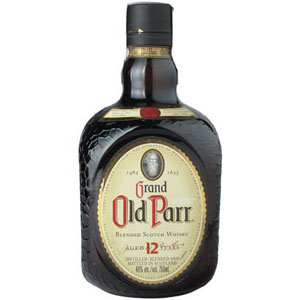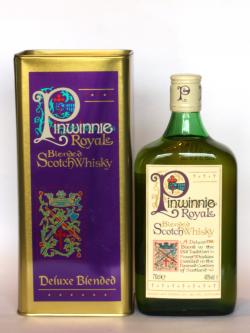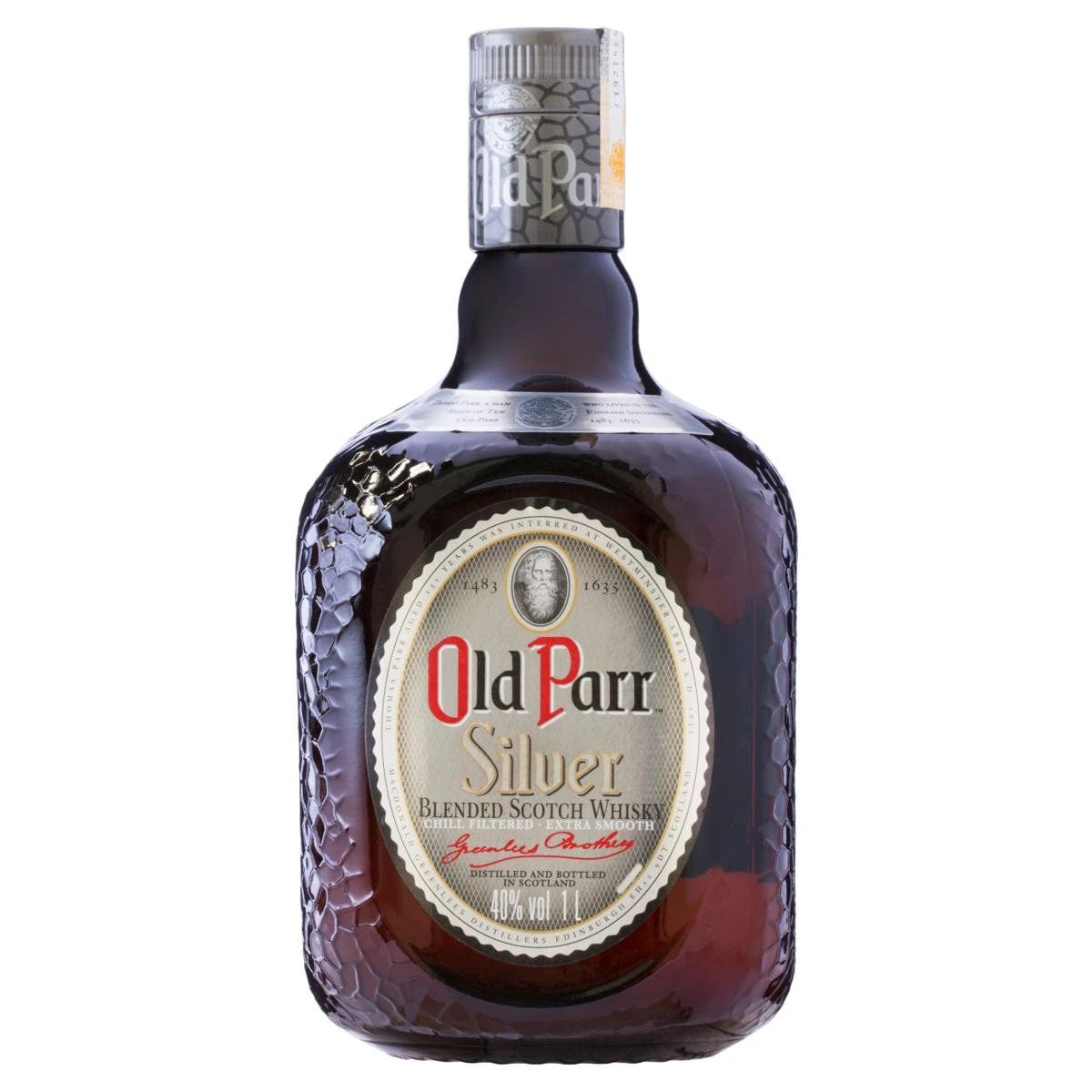By Jason DeblyI like blended scotch whisky.
I keep good company because most of you reading this post also share my affection. Blended scotch whisky makes up about 85-90% of single malt sales. Comparatively, the market for single malts is much smaller. You wouldn't know it if you surf the web and search "scotch reviews."
Anyhow, I like blends because they like are an old pair of shoes: comfortable and familiar. Yeah, yeah single malts are typically more complex and therefore more impressive, but there are times when I just want to chill. I am not looking for challenge. I spent all day slaying dragons (albeit mostly paper ones) and now it's night time. I am mentally spent and I just wanna listen to my eclectic line-up of music like Iggy Pop's Search and Destroy, Urge Overkill's most excellent rendition of that Neil Diamond classic Girl You'll Be a Woman Soon followed by maybe Nancy Sinatra's Bang Bang and sip a familiar blend. Comfort scotch if you will.
Three Great Blended Scotch Whiskies
There are three truly great economy blends that you must become familiar with in this life of yours: (1) Teacher's Highland Cream; (2) Black Bottle; and (3) White Horse.
The first two, I have written about plenty, but the third, not so much. White Horse is a very old brand. Been around a real long time. Occupied space in many grandads, and dads liquor cabinets. And for good reason. It's cheap.
White Horse retails for $18 in North Carolina. Elsewhere in the US, it may be a couple of bucks more, but it is still very affordable. Amongst the cheapest blends on the market. The question that immediately comes to mind: "Is it any good?" The perpetual question eh? Okay, my budding Siddhartha, let's find out.
Nose (undiluted):
A touch of sherry, prunes and the citrus notes of over-ripe blood oranges. Maybe a hint of salt laden sea air too. Not the most impressive of aromas to ever float heavenward from a glass. Matter of fact, pretty bland. But, at this price point, the noteworthy attribute is that it is not offensive.
Palate (undiluted):
Smooth, viscous, mouth-coating, creamy body.
Blood oranges, buttery shortbread cookies, slight sherry, counter balanced by wild honey, lemon zest and very subtle peat and smoke. There is some see-saw action going on between the fruity orange/honey flavors of Speyside at the forefront and the very restrained Islay/Islands smoke/peat at mid-palate.
Finish (undiluted):
This is where Islay and the Islands (ie. Skye) come through. Lagavulin, Cao Ila, Talisker make an appearance. Nice smokey finish with great malt notes. Hmm! Ginger and salty pretzel too.
General Impressions:
White Horse delivers sweet, buttery soft flavors of oranges, honey, some limes and finally a nice puff of smoke from a menthol cigarette and a little peat.
It is the "finish" that is impressive. Breathe through your mouth after sipping this blend and you can taste the smoke much more clearly. It becomes far more pronounced.
Smooth, totally inoffensive with nice briar patch fire smoke and salty tang on the finish.
Complex? Ahh no. But, remember, this scotch retails for $18! Enjoyable? Ahh yes!
Claim to Fame?
White Horse is famous for having Lagavulin as one of the principal single malts composing this blend. It seems that every review I read makes mention of this fact.
In all honesty, I can't say that I taste Lagavulin in this blend. It is stated so on the back label, but again, I am not tasting much of it.
I taste Talisker on the mid-palate to finish. Caol Ila is another malt in this blend. The smokey finish tastes of that fine malt.
There are 40 whiskies making up this blend. Some grain and some malt. The grain whiskies are well integrated and taste crisp. Malt whiskies make up 40% of the blend, which may explain the lack of a grainy character.
Criticisms?
At $18 a bottle, it is hard to criticize this blend. If I had to make one, I guess I do find it extremely smooth and consequently very drinkable. I mean $18! Dude, can you have breakfast for two less than that?
Anyway, it is very smooth. I would, in a perfect world like it to be a little more vibrant, but this is just an observation and not really valid at this price point.
Sweetness is another concern. This blend like the vast majority of bottom shelf scotch tend to be very sweet. White Horse succeeds where others (ie. J&B, Ballantine's, etc.) fail. While White Horse is sweet, it is not cloyingly so, and more importantly, by the time of the finish, it is no longer sweet but rather smokey with some peat giving a drying affect. So, while I had many reservations upon initially sipping it, my concerns washed away, literally, by the time of the finish.
Highly quaffable and highly recommended when one is on a budget or just wants a friendly blend to keep them company and not make any pesky demands.
Special Thanks
A reader went to great lengths to have this bottle delivered to me. Thanks a lot Will!
Now, I must get back to that rather eclectic music collection of mine . . . Hole performing "Doll Parts."
Cheers!
Jason Debly
By Proof66.com
White Horse blended scotch is traditional scotch first produced in 1890 by Peter Mackie. It is a blend of 40 different scotches and recognized as one of the more intriguing and flavorful blends on the market. It is said to be named after an inn in Edinburgh, Scotland. Various whisky reviews note the presence of Lagavulin Islay single malt at the heart of the blend.
The label used to be owned by United Distillers and Vintners, which become involved in a series of merges that ultimately turned in to Diageo, who now owns the label.


















